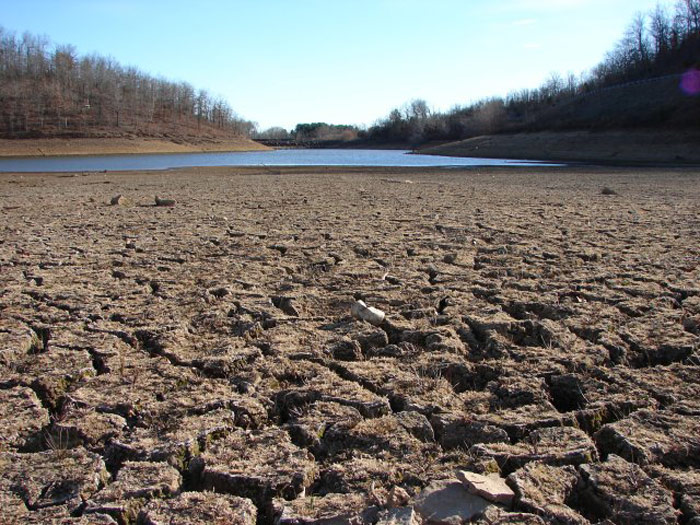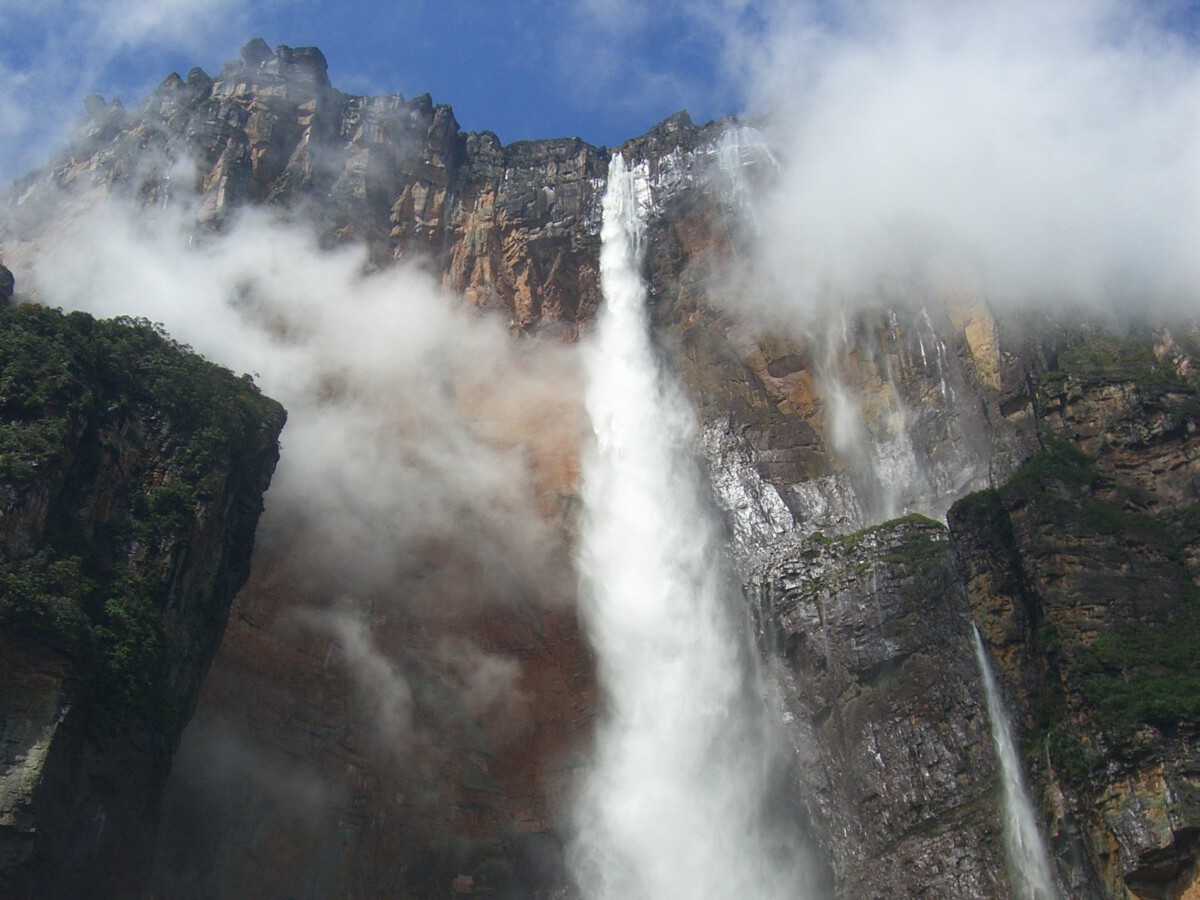Governor Newsom’s Emergency Water Restrictions Take Effect

California Governor Gavin Newsom announced comprehensive water restrictions in March 2024 that target the state’s most drought-affected urban areas. The new regulations require cities with populations over 50,000 to reduce water consumption by 20% compared to 2020 levels. These restrictions come as the state faces its fourth consecutive year of below-average precipitation, with snowpack levels in the Sierra Nevada mountains registering at just 32% of normal according to the California Department of Water Resources.
The emergency measures grant local water agencies enhanced authority to impose fines up to $10,000 for excessive water use during peak demand periods. Cities like Los Angeles, San Diego, and Fresno must now implement tiered pricing structures that significantly increase costs for households exceeding baseline consumption thresholds.
Los Angeles Implements Strictest Water Rationing Since 1991
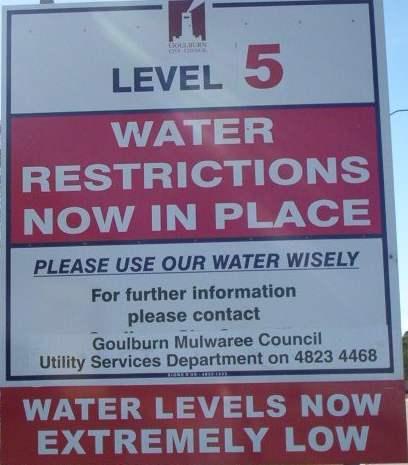
The Los Angeles Department of Water and Power rolled out its most severe water restrictions in over three decades starting in April 2024. Residents can now only water their lawns twice per week during designated hours between 8 PM and 9 AM. The city’s 4 million residents face fines starting at $200 for first violations, escalating to $1,600 for repeat offenders within a 12-month period.
City officials report that outdoor water use accounts for approximately 60% of residential consumption during summer months. The new restrictions also prohibit washing vehicles at home except with a shut-off nozzle, and ban the use of potable water for decorative fountains and water features. Swimming pool refilling requires special permits and can only occur on specific days based on address numbers.
San Diego’s Innovative Water Recycling Program Expansion
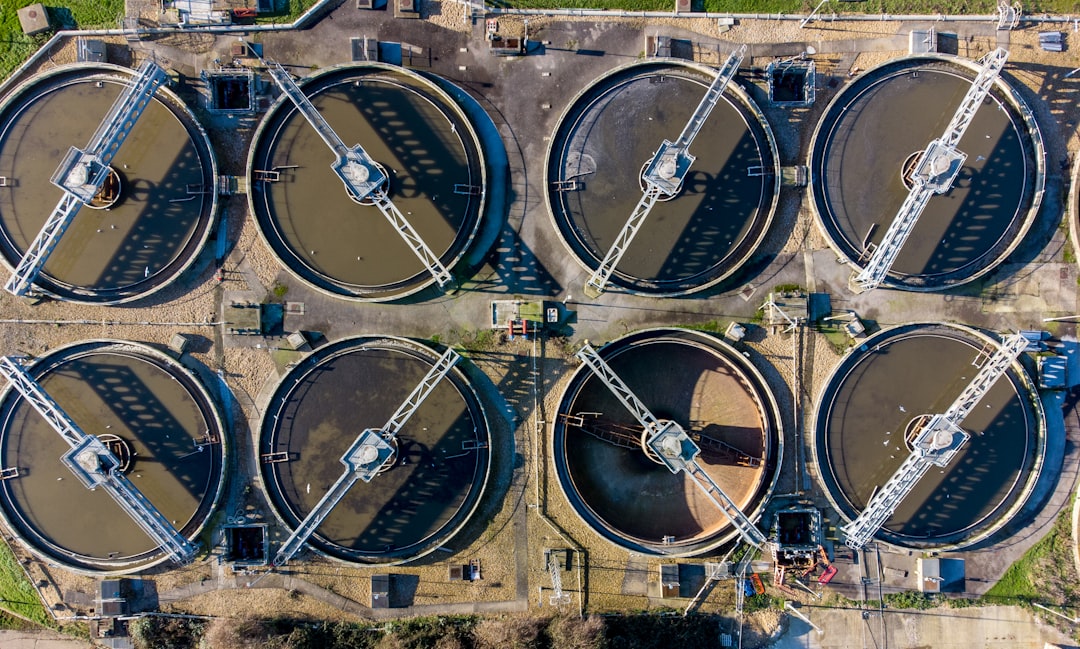
San Diego County launched an ambitious $5.2 billion water recycling expansion in late 2024, aiming to produce 83 million gallons of purified water daily by 2027. The Pure Water San Diego program uses advanced membrane filtration and reverse osmosis technology to treat wastewater to drinking water standards. This initiative represents one of the largest direct potable reuse projects in the United States, according to the San Diego County Water Authority.
The program has already begun producing 30 million gallons daily at its North City facility, with plans to construct additional treatment plants in Mission Valley and South Bay. Local officials estimate this recycled water will meet nearly 50% of the city’s water needs by 2030, significantly reducing dependence on imported water from the Colorado River and Northern California.
Central Valley Agricultural Communities Face Severe Cutbacks
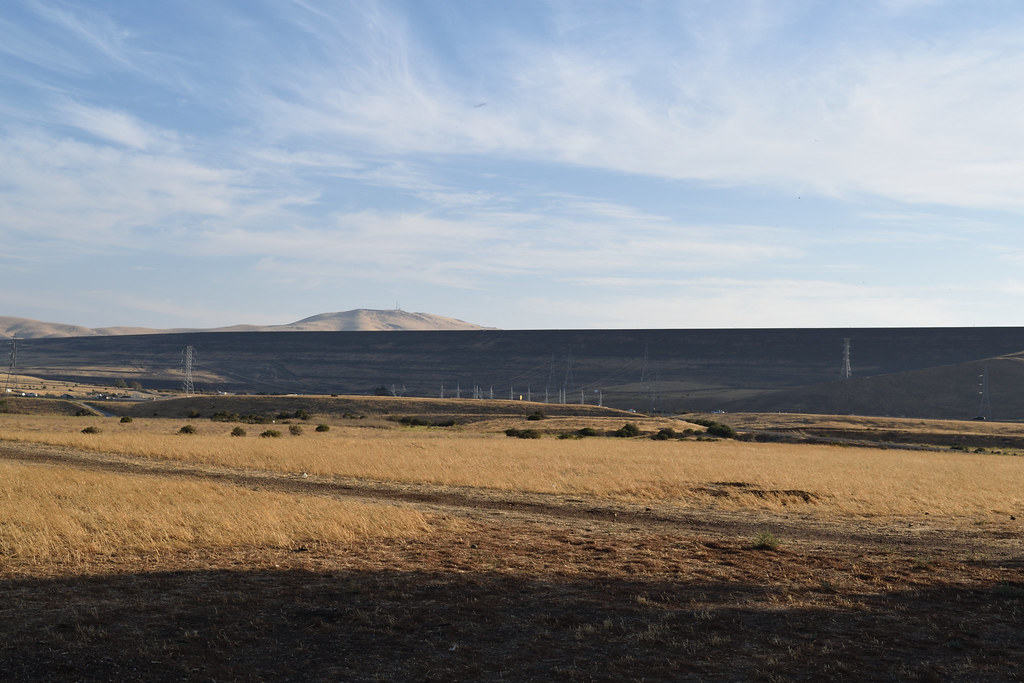
California’s Central Valley, which produces 40% of the nation’s fruits and vegetables, confronts unprecedented water allocation reductions of up to 85% for many agricultural districts. The State Water Project announced in February 2024 that contractors would receive only 15% of their requested allocations, forcing farmers to make difficult decisions about which crops to plant. Almonds, avocados, and citrus groves require multi-year investments, making these cutbacks particularly devastating for long-term agricultural planning.
Fresno County alone has seen over 200,000 acres of farmland fallowed due to water scarcity, according to the California Farm Bureau Federation. Groundwater pumping has intensified dramatically, with some wells now exceeding 1,000 feet in depth as farmers desperately search for underground water sources. The excessive groundwater extraction has caused measurable land subsidence in parts of the San Joaquin Valley, threatening infrastructure and irrigation systems.
Desalination Plants Accelerate Construction Timeline
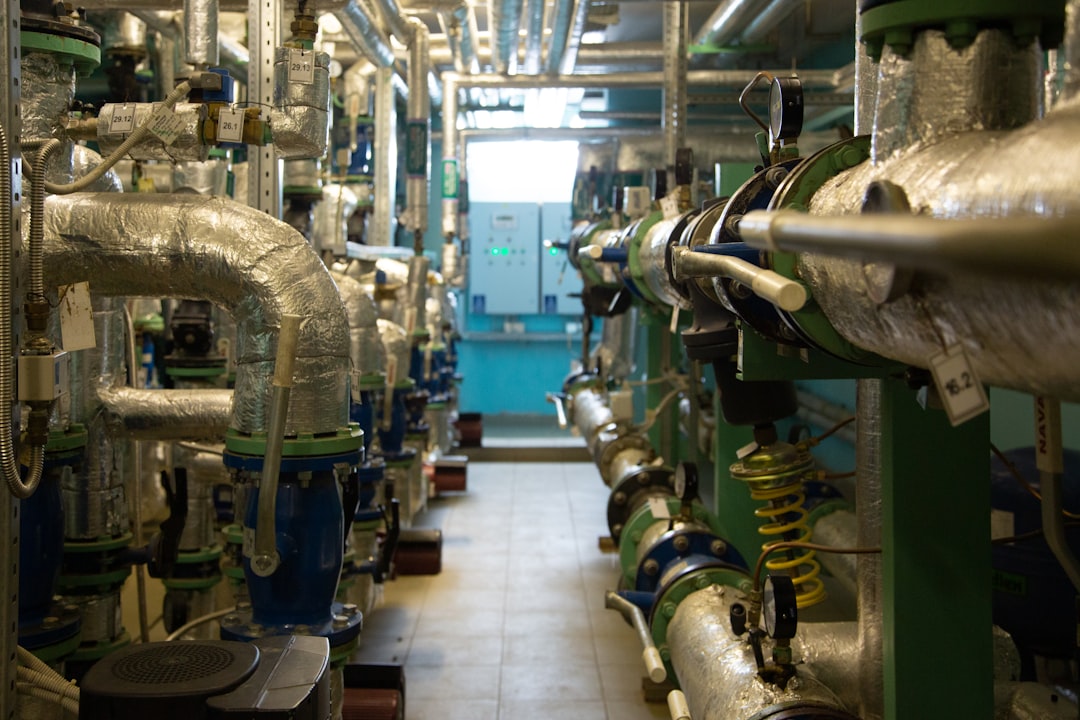
California fast-tracked approval for six major desalination projects along its coastline in 2024, with the largest facility in Huntington Beach expected to begin operations in 2026. The Poseidon Water project will produce 50 million gallons of fresh water daily from Pacific Ocean seawater, enough to supply 400,000 residents. Environmental groups initially opposed the project due to concerns about marine life impacts, but drought conditions have shifted public opinion toward supporting alternative water sources.
The California Coastal Commission approved emergency permits for temporary desalination units in Santa Barbara and Marin County, which can be operational within 18 months. These smaller facilities will produce 5-10 million gallons daily while larger permanent plants undergo construction. Energy costs remain a significant challenge, with desalination requiring approximately 10 times more electricity than traditional water treatment methods.
Reservoir Levels Reach Critical Thresholds
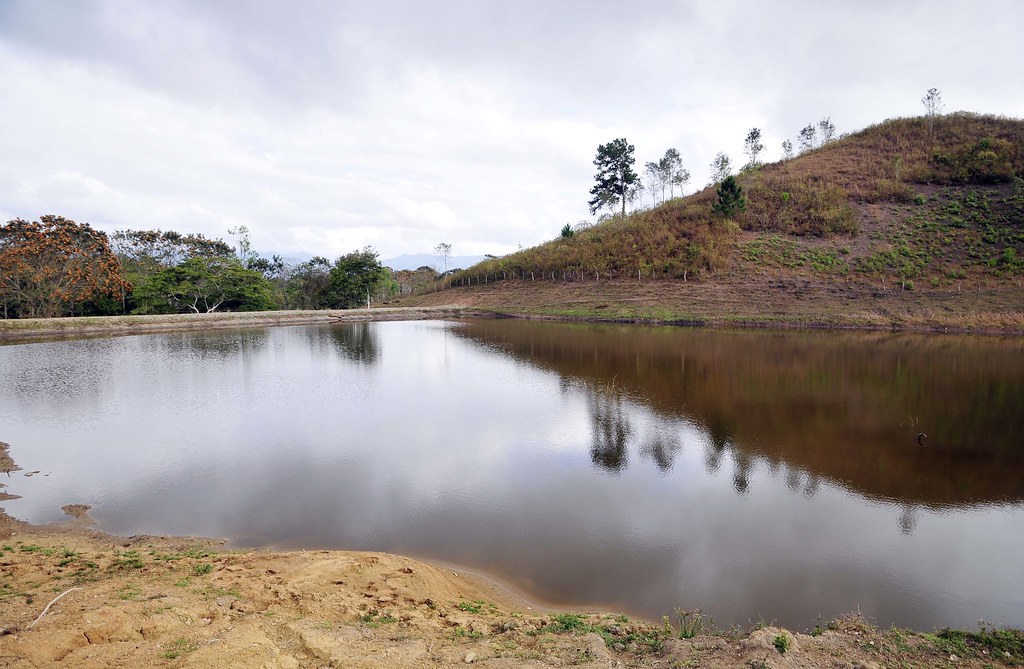
Lake Oroville, California’s second-largest reservoir, dropped to just 23% capacity in September 2024, approaching historic lows that threaten hydroelectric power generation. The reservoir’s declining water levels have exposed boat ramps, docks, and previously submerged infrastructure, creating stark visual reminders of the drought’s severity. State officials warn that if levels drop below 22%, the Oroville Dam’s turbines will shut down, eliminating power for approximately 800,000 homes.
Similarly, Lake Shasta reached 28% capacity, while Folsom Lake registered at 31% of its maximum storage according to the California Department of Water Resources. These critically low levels have triggered emergency releases from remaining reserves to maintain minimum flows for endangered salmon populations in the Sacramento River system. The combined storage across California’s major reservoirs stands at approximately 60% of average levels for this time of year.
Tech Industry Faces Water-Intensive Data Center Scrutiny
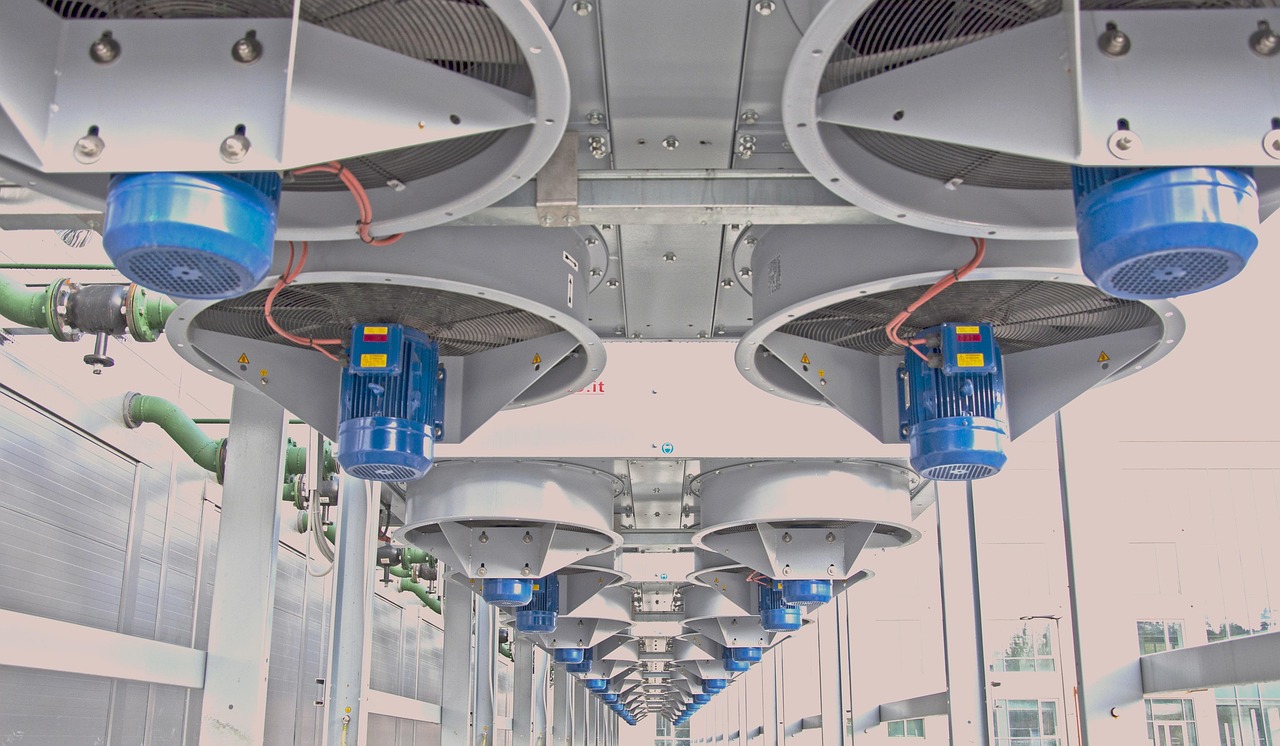
California’s booming tech sector confronts new regulations specifically targeting water-intensive data centers, which consume millions of gallons daily for cooling systems. The state’s new guidelines require facilities using more than 1 million gallons annually to install advanced cooling technologies that reduce water consumption by at least 30%. Companies like Google, Apple, and Meta have invested heavily in air-cooling systems and renewable energy to minimize their water footprint.
Data centers in Silicon Valley alone consume approximately 1.5 billion gallons of water annually, equivalent to the needs of 50,000 households. The California Energy Commission now requires environmental impact assessments for new data center construction, with priority given to projects incorporating water recycling and rainwater harvesting systems. Several major tech companies have announced plans to achieve water-positive operations by 2030, meaning they will replenish more water than they consume.
Small Town Water Systems Reach Breaking Point
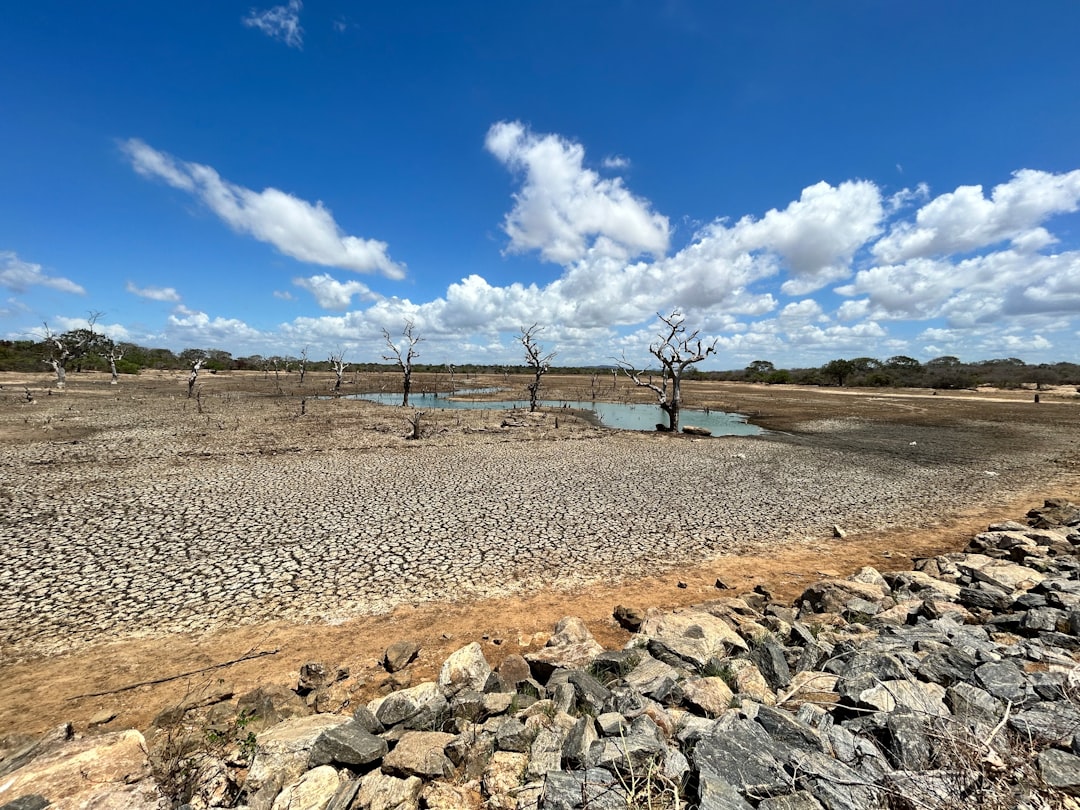
Rural California communities face the most severe impacts, with over 300 small water systems serving fewer than 3,000 residents experiencing critical shortages. The town of Coalinga in Fresno County declared a water emergency in August 2024 after wells dropped below operational levels, forcing residents to rely on trucked-in water for basic needs. State officials estimate that 1.2 million Californians in rural areas lack access to safe, affordable drinking water even during normal precipitation years.
The State Water Resources Control Board allocated $2.8 billion in emergency funding for small communities to drill deeper wells, construct water treatment facilities, and establish regional water sharing agreements. Many mountain communities that depend on seasonal snowmelt now face year-round water shortages, with some residents driving 50 miles to fill containers at municipal water stations. The crisis has forced consolidation discussions among neighboring districts that previously operated independently.
Economic Impact Reaches $8.6 Billion Annually

The UC Davis Center for Watershed Sciences calculated that California’s ongoing drought costs the state’s economy approximately $8.6 billion annually in lost agricultural production, increased energy costs, and emergency water supply measures. Agricultural losses alone account for $3.2 billion yearly, with permanent crop damage representing the largest single expense category. The construction and operation of emergency water infrastructure adds another $2.1 billion to the economic burden.
Employment in agriculture-dependent communities has declined by 18% since 2022, with Fresno, Tulare, and Kern counties experiencing the most significant job losses. The drought has also increased electricity costs statewide as hydroelectric generation decreases, forcing utilities to purchase more expensive power from natural gas and renewable sources. Water rates for residential consumers have increased an average of 34% across major metropolitan areas since 2023.
Climate Change Projections Indicate Worsening Conditions
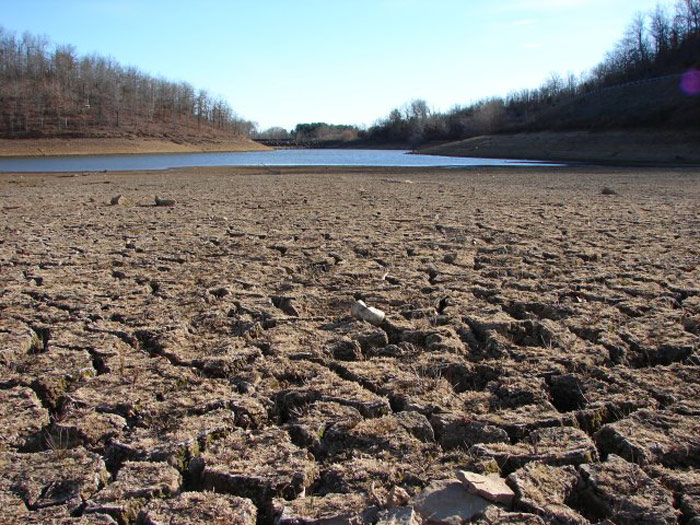
Climate scientists from the National Oceanic and Atmospheric Administration project that California will experience increasingly severe drought conditions through 2050, with average annual precipitation declining by 10-15% across most regions. The state’s Mediterranean climate faces fundamental shifts as rising temperatures increase evaporation rates from reservoirs and accelerate snowmelt in the Sierra Nevada mountains. These changes reduce the natural water storage capacity that California has historically relied upon during dry periods.
Temperature increases of 2-4 degrees Fahrenheit over the next two decades will extend the growing season but simultaneously increase water demand from both agricultural and urban sectors. The California Climate Action Team estimates that water demand will increase by 8-12% by 2040 even with aggressive conservation measures, while supply reliability decreases due to more frequent extreme weather events. Pacific Ocean temperature patterns suggest that La Niña conditions, which typically bring drier weather to California, may become more frequent and intense.
Innovative Conservation Technologies Show Promise

California water agencies have accelerated adoption of smart irrigation systems that use real-time weather data and soil moisture sensors to optimize water application. These precision agriculture technologies can reduce water consumption by 20-30% while maintaining crop yields, according to research from UC Davis. The Metropolitan Water District of Southern California has invested $150 million in rebate programs that subsidize smart irrigation system installation for commercial and residential users.
Atmospheric water generation technology has emerged as a potential supplemental source, with pilot projects in Los Angeles and San Diego producing up to 10,000 gallons daily from ambient humidity. While still expensive at approximately $15 per 1,000 gallons, costs are declining as technology improves and production scales increase. The state has also launched initiatives to capture and store stormwater from brief but intense rainfall events, with underground infiltration systems designed to recharge depleted aquifers rather than allowing runoff to reach the ocean.
Interstate Water Disputes Intensify
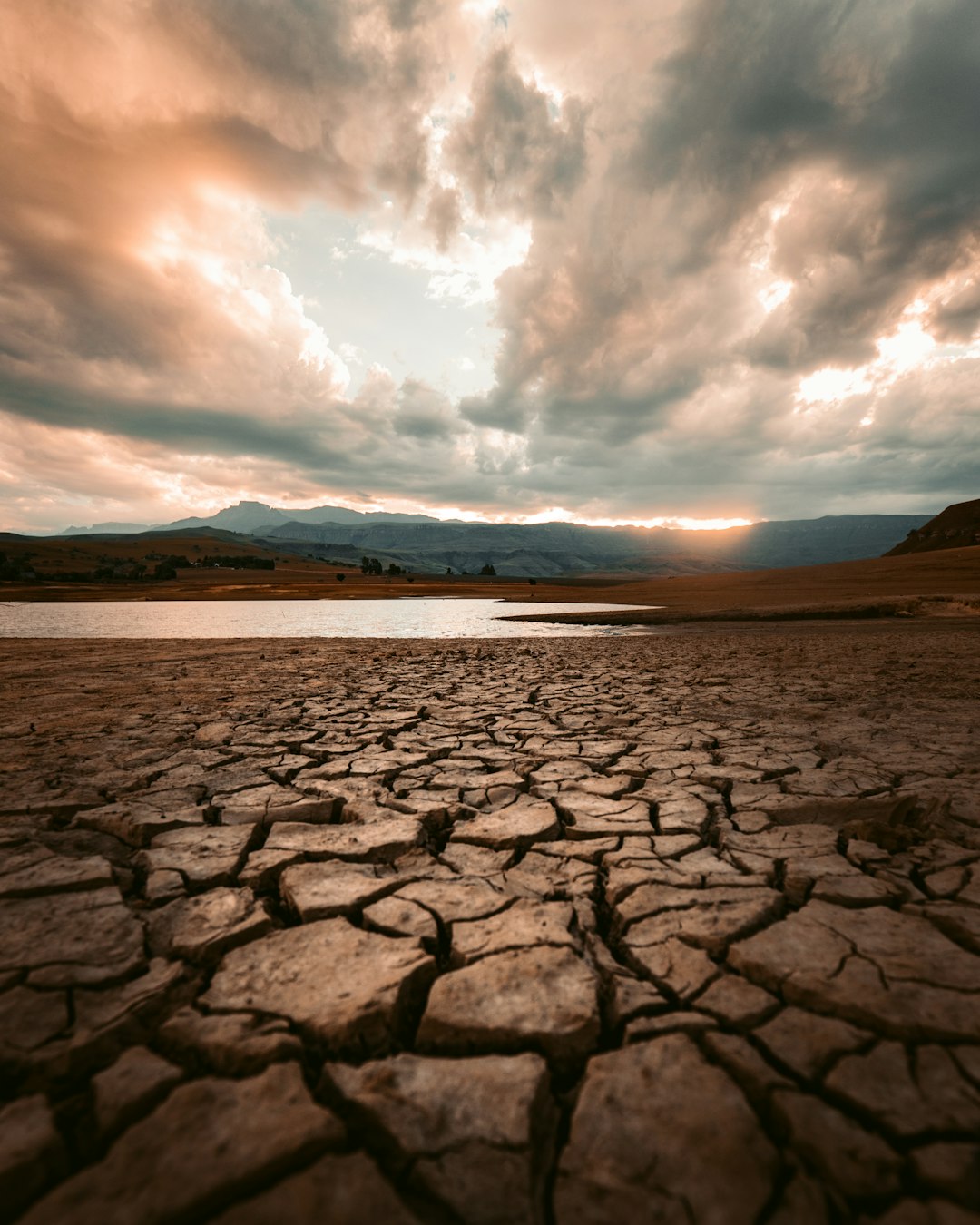
California’s water crisis has escalated tensions with neighboring states over Colorado River allocations, with Arizona and Nevada challenging California’s senior water rights in federal court. The Bureau of Reclamation ordered a 25% reduction in Colorado River deliveries to Lower Basin states in 2024, disproportionately affecting California’s Imperial Valley agricultural region. These cuts eliminate enough water to supply 1.8 million households annually, forcing difficult conversations about agricultural versus urban water priorities.
The seven Colorado River Basin states failed to reach consensus on long-term water sharing agreements, leading to federal intervention in allocation decisions. California receives approximately 4.4 million acre-feet annually from the Colorado River, representing about 20% of the state’s total water supply. Negotiations for post-2026 operating guidelines have stalled as climate change reduces river flows to levels not seen since the 1930s, when current allocation frameworks were established.
Public Health Concerns Rise in Affected Communities
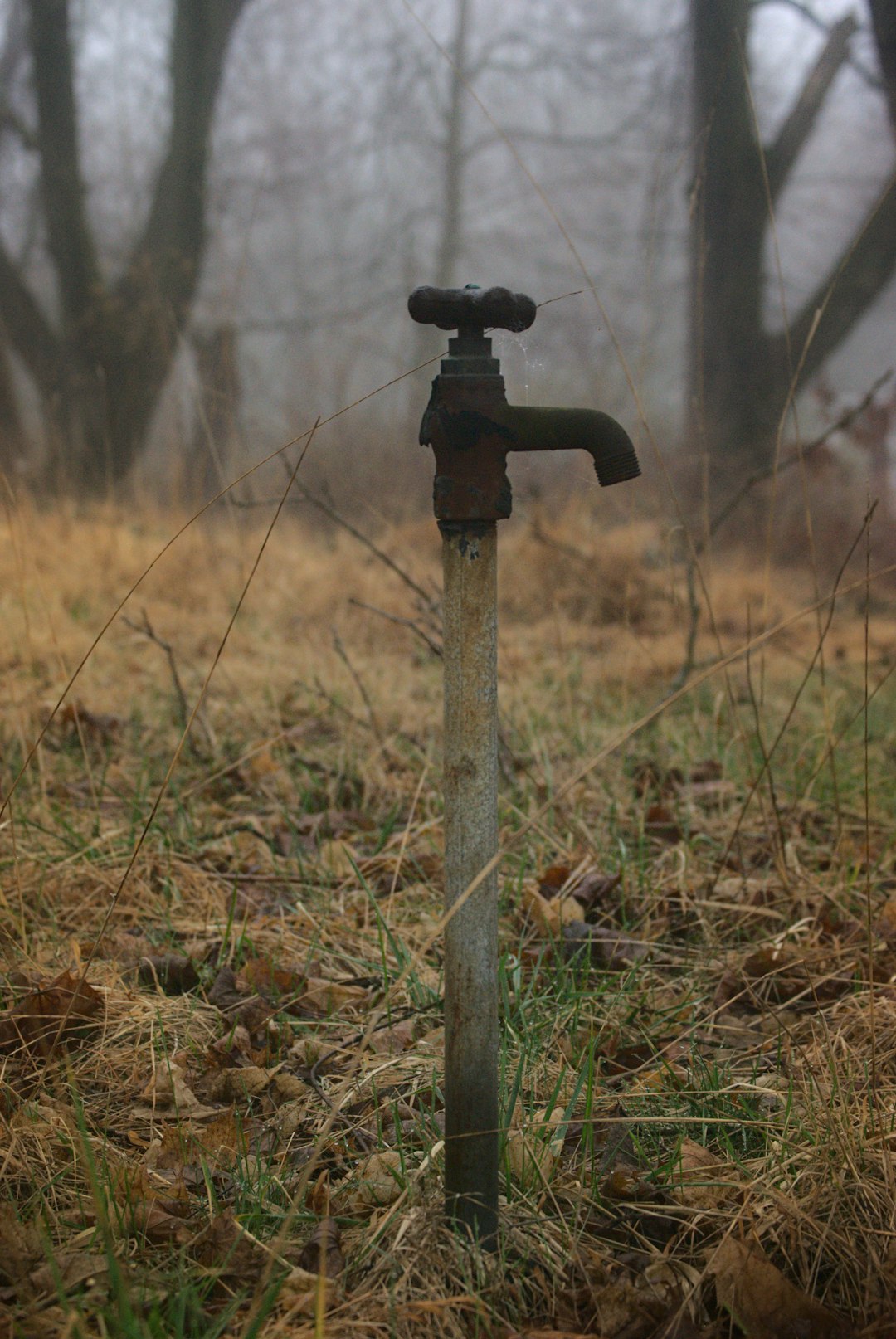
Water scarcity has created significant public health challenges, particularly in disadvantaged communities where residents cannot afford rising water costs or must rely on untested private wells. The California Department of Public Health documented increased rates of kidney stones, urinary tract infections, and heat-related illnesses in areas with severe water restrictions. Low-income households often reduce water consumption for drinking, cooking, and hygiene when faced with unaffordable utility bills.
Air quality has deteriorated in agricultural regions where fallowed farmland creates dust storms during windy conditions. The San Joaquin Valley Air Pollution Control District reported a 23% increase in particulate matter levels during 2024, contributing to respiratory problems among residents. Mental health impacts include increased anxiety and depression in farming communities facing economic uncertainty, with rural health clinics reporting 40% more stress-related visits compared to pre-drought levels.

